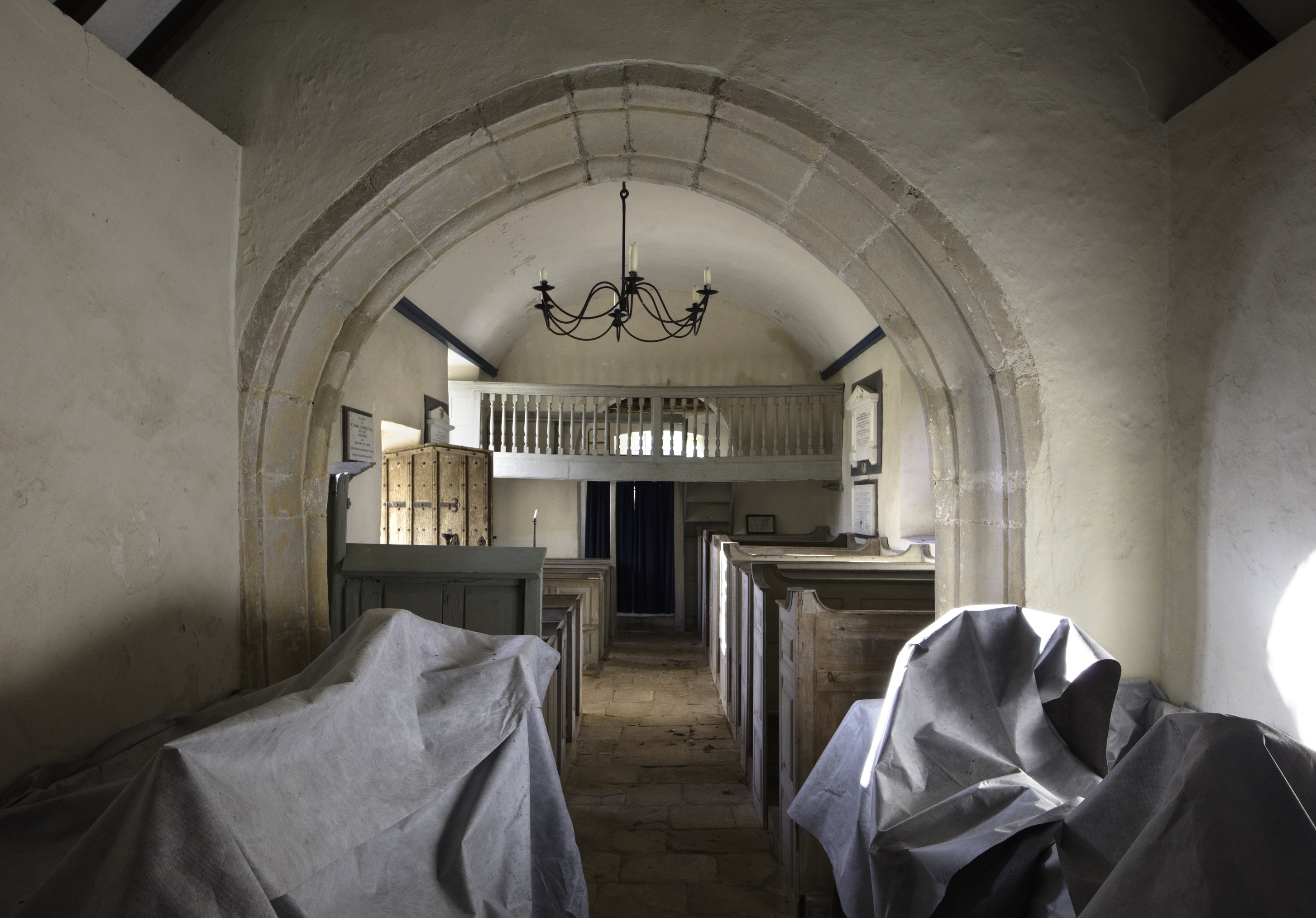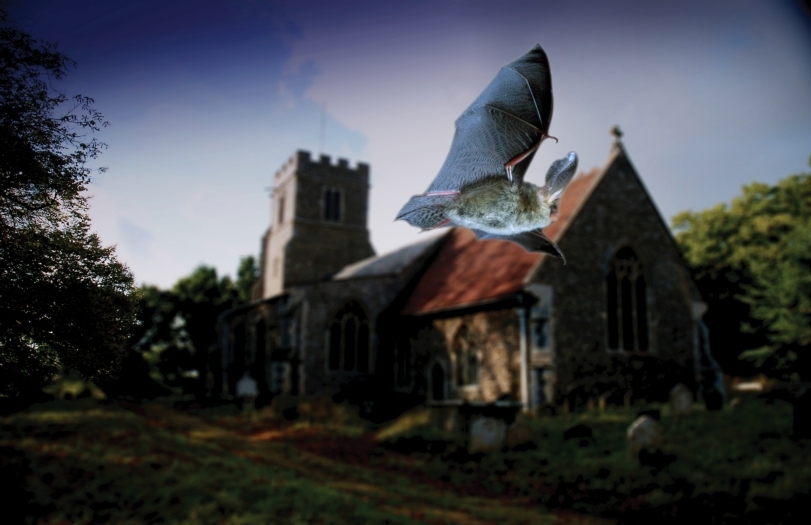The Bats in Churches Project
In this blog Rachel Arnold, Bats in Churches Heritage Advisor, tells us more about the important work taking place to ensure bats and churches can live in harmony.
Parish churches are a treasure trove of irreplaceable art: brass, tombs, fonts, woodwork, rood screens, organs and wall paintings. But lots of them are also home to bat roosts. Many churches live happily with their bats, but bat droppings and urine can cause irreparable damage to historic items, and place a huge burden on those who care for them. Churches are a vital part of rural life, hosting concerts, doctors’ surgeries, cafes and community events as well as worship and services. Bat droppings, urine and smell can put people off visiting the church, and some churches have had to close completely due to the mess and damage.

On the other hand, bats are vulnerable too. They have suffered from huge losses in their populations and despite being now protected by law, numbers are only slowly improving. Often, after extreme urbanisation, which results in the loss of roost sites, a church is the last place in some areas that bats can call home.
Bats in Churches is a unique, ground-breaking partnership working with over 100 churches across the country. We are creating practical, tailored solutions to reduce the impact of bats on churches and communities while still preserving and protecting bat roosts. The project is funded by the National Lottery Heritage Funds and brings together experts from its partner organisations: The Churches Conservation Trust, Natural England, Historic England, Church of England and the Bat Conservation Trust.
The project brings together church communities, local bat groups, wildlife and heritage specialists, ecologists, and architects. Sharing everyone’s knowledge and expertise will help us find solutions that work for churches, people and bats. At our project churches we will aim to find long-term practical solutions to help churches live alongside their bats. These solutions may include creating new bat roosts, building voids and flight spaces, creating bat free areas inside the church, building bat boxes in church yards, and installing protection for important historic fabric.

In addition to these practical solutions we are also exploring training workshops which will help people manage the impacts of their roosting bats, best practice days for ecologists, architects and heritage professionals and offering free training videos, handbooks and resources. Once communities have reached a place of harmony with their bats, we want to encourage churches to celebrate their bats and church heritage by running events and activities. Some churches will have cameras showing live footage from their bat roosts so you can visit and see what’s happening for yourself.
For further information about the Bats in Churches project, visit our website batsinchurches.org, follow us on Twitter @BatsinChurches and find us on Facebook @BatsinChurchesProject
We will continue to share success stories from the project so keep your eyes peeled.



